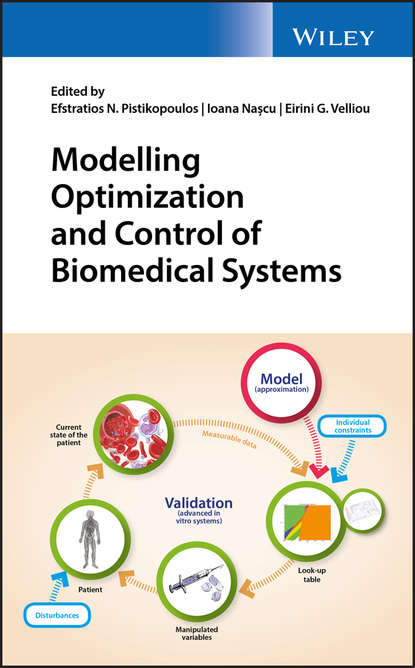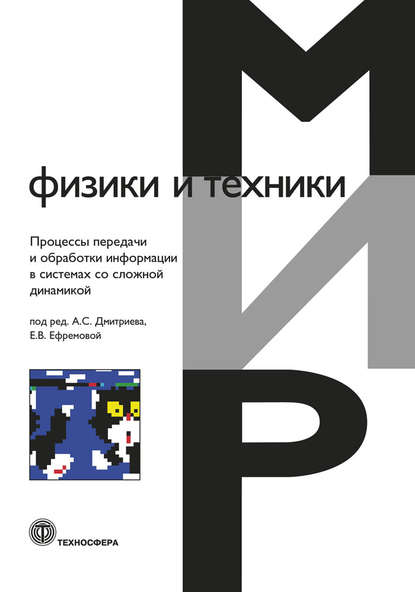Книга “Sensory Science of Olive Oil” (автор Эрминио Монтелеоне) описывает рынок оливкового масла и его растущую международную составляющую. В книге рассматриваются уровни потребления и производства, особенно на новых рынках за пределами Средиземноморского региона. Новые особенности оптимизации продукта и разработки появляются, а вместе с ними новые маркетинговые стратегии, которые выигрывают от четкого понимания сенсорных аспектов продуктов, а также адекватных сенсорных методов для их тестирования. Недавно разработанные сенсорные методы и подходы особенно подходят для изучения сенсорных свойств оливковых масел и их функции в кулинарной обработке или в сочетании с маслом и едой. Каждая глава “Sensory Science of Olive Oil” написана лучшими исследователями и профессионалами отрасли по всему миру. Книга разделена на две основные части. В первой части обсуждаются соответствующие сенсорные методы для оптимизации оливкового масла, разработки продукта, тестирования потребителей и контроля качества. Учитываются внутренние факторы, влияющие на восприятие качества оливкового масла, а также его питательные, оздоровительные и сенсорные свойства, подчеркивая важность сенсорных методов в дифференциации продуктов. Книга также содержит практические советы и рекомендации для тех, кто хочет улучшить свои навыки в области сенсорной науки и анализа продуктов питания.
Электронная Книга «Olive Oil Sensory Science» написана автором Erminio Monteleone в году.
Минимальный возраст читателя: 0
Язык: Английский
ISBN: 9781118332498
Описание книги от Erminio Monteleone
The olive oil market is increasingly international. Levels of consumption and production are growing, particularly in “new” markets outside the Mediterranean region. New features of product optimization and development are emerging, and along with them new marketing strategies, which benefit from a clear understanding of the sensory aspects of foods, as well as adequate sensory techniques for testing them. Recently developed sensory methods and approaches are particularly suitable for studying the sensory properties of olive oils and their function in culinary preparation or in oil-food pairing. Each chapter of Olive Oil Sensory Science is written by the best researchers and industry professionals in the field throughout the world. The book is divided into two main sections. The first section details the appropriate sensory methods for olive oil optimization, product development, consumer testing and quality control. The intrinsic factors affecting olive oil quality perception are considered, as well as the nutritional, health and sensory properties, underlining the importance of sensory techniques in product differentiation. The agronomic and technological aspects of production that affect sensory properties and their occurrence in olive oil are also addressed. Sensory perception and other factors affecting consumer choice are discussed, as is the topic of olive oil sensory quality. The second part of this text highlights the major olive oil producing regions of the world: Spain, Italy, Greece, California, Australia/New Zealand and South America. Each chapter is dedicated to a region, looking at the geographical and climactic characteristics pertinent to olive oil production, the major regional olive cultivars, the principle olive oil styles and their attendant sensory properties. Olive Oil Sensory Science is an invaluable resource for olive oil scientists, product development and marketing personnel on the role of sensory evaluation in relation to current and future market trends.



















